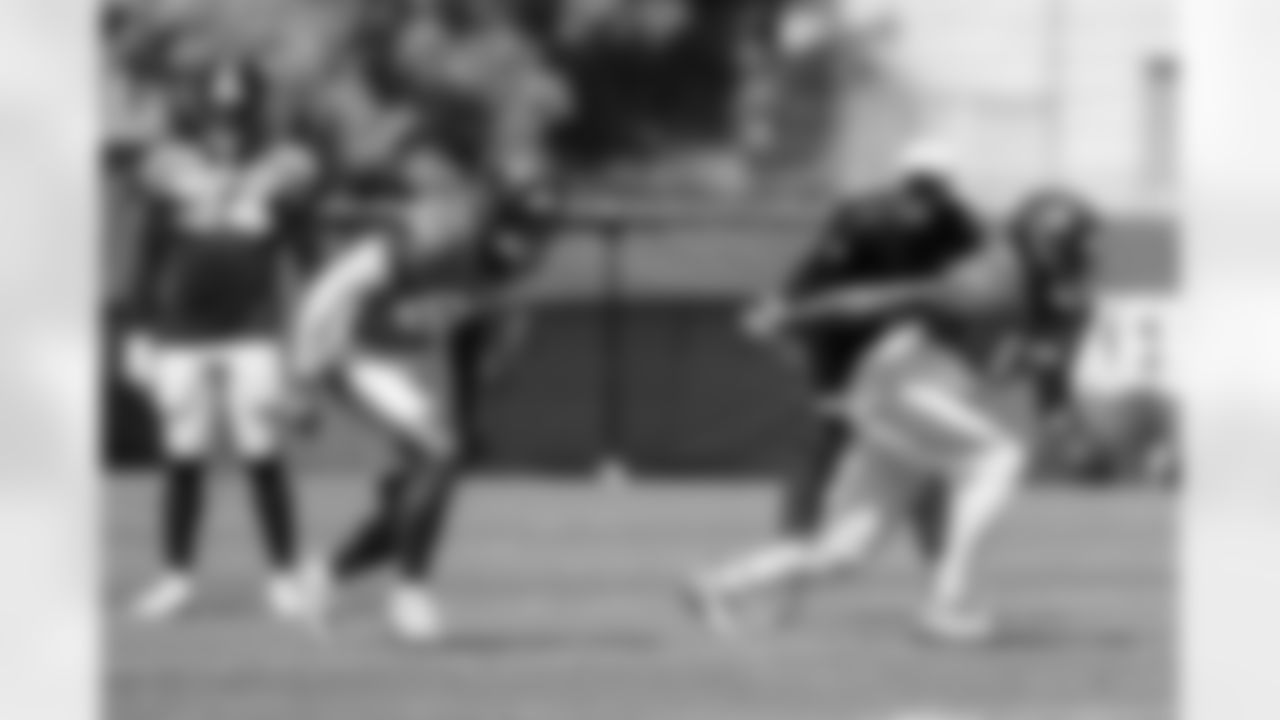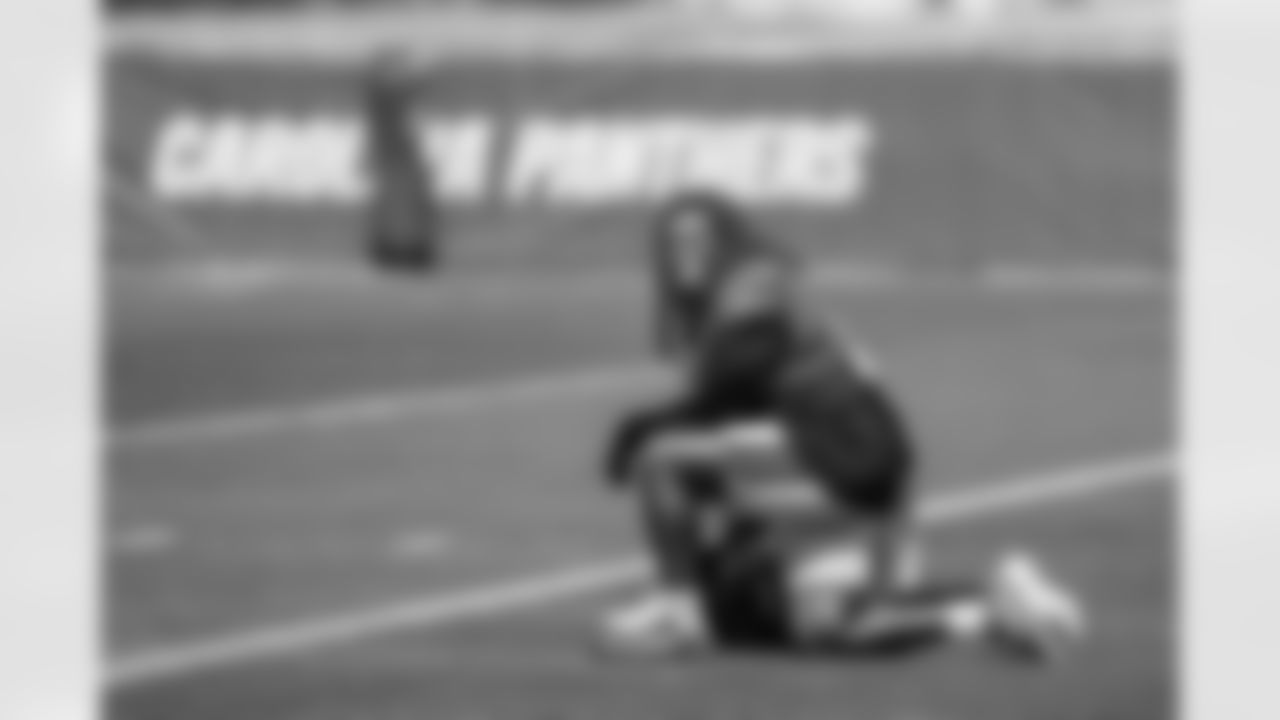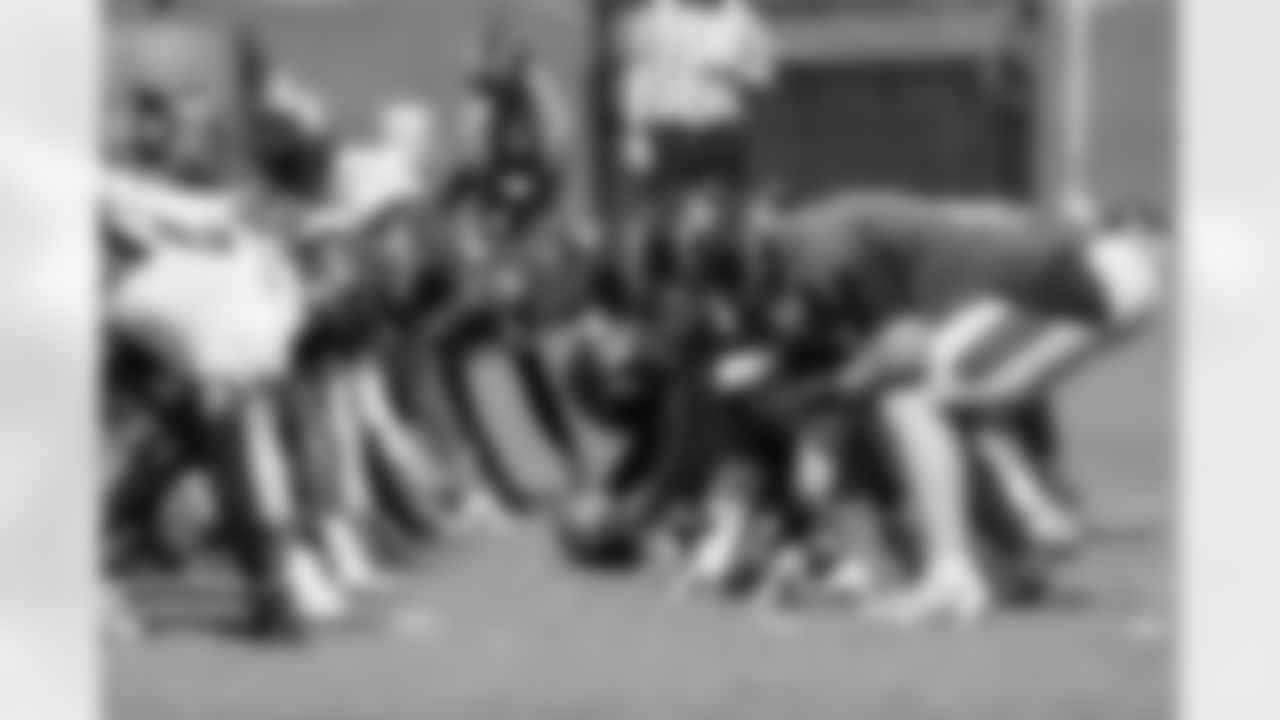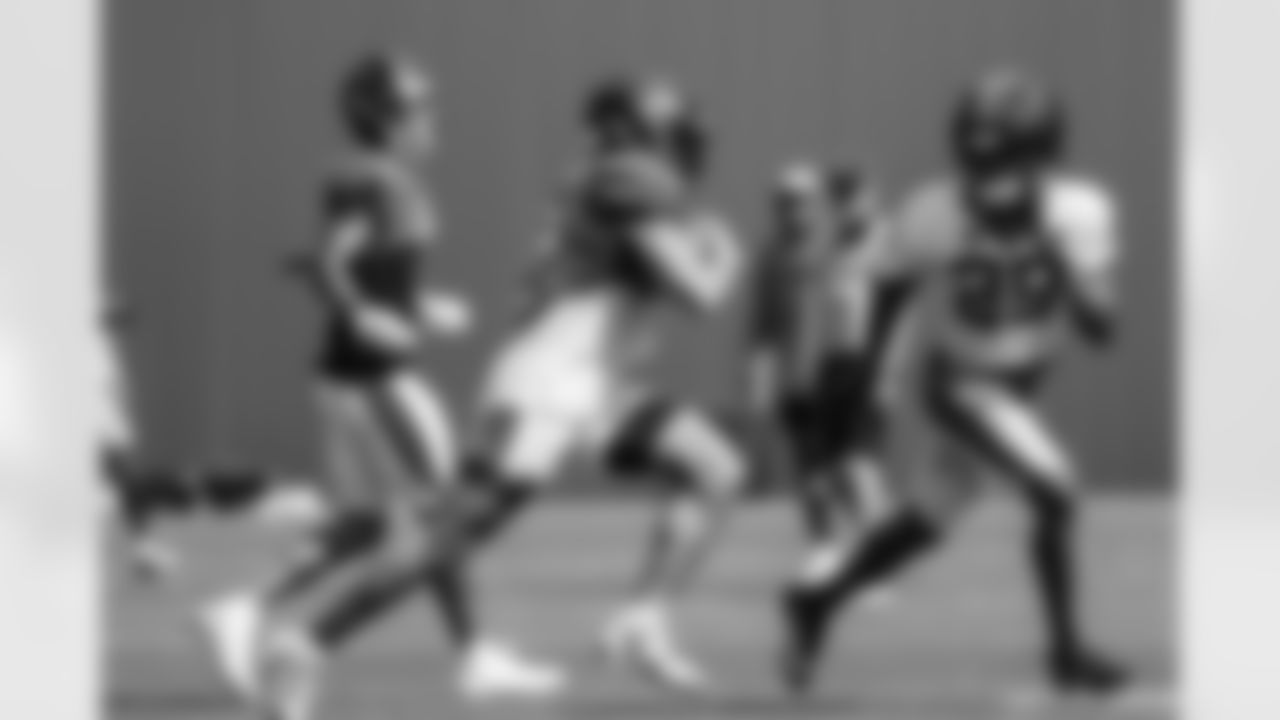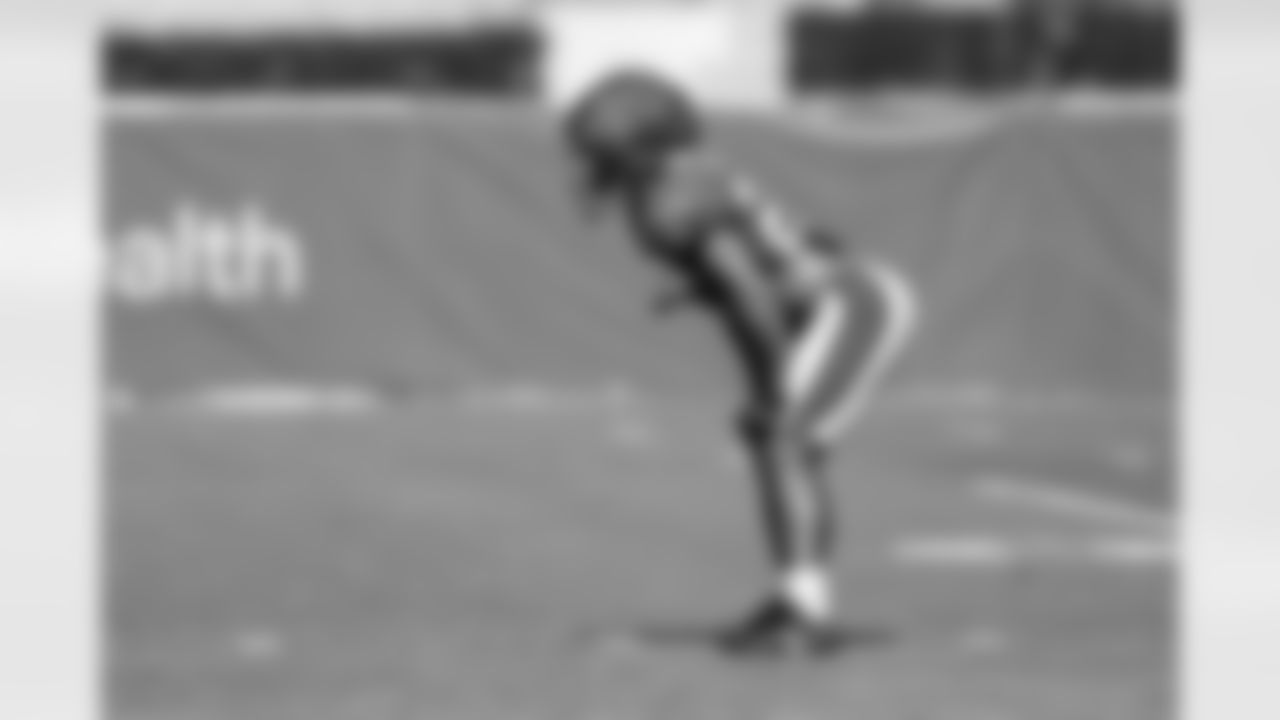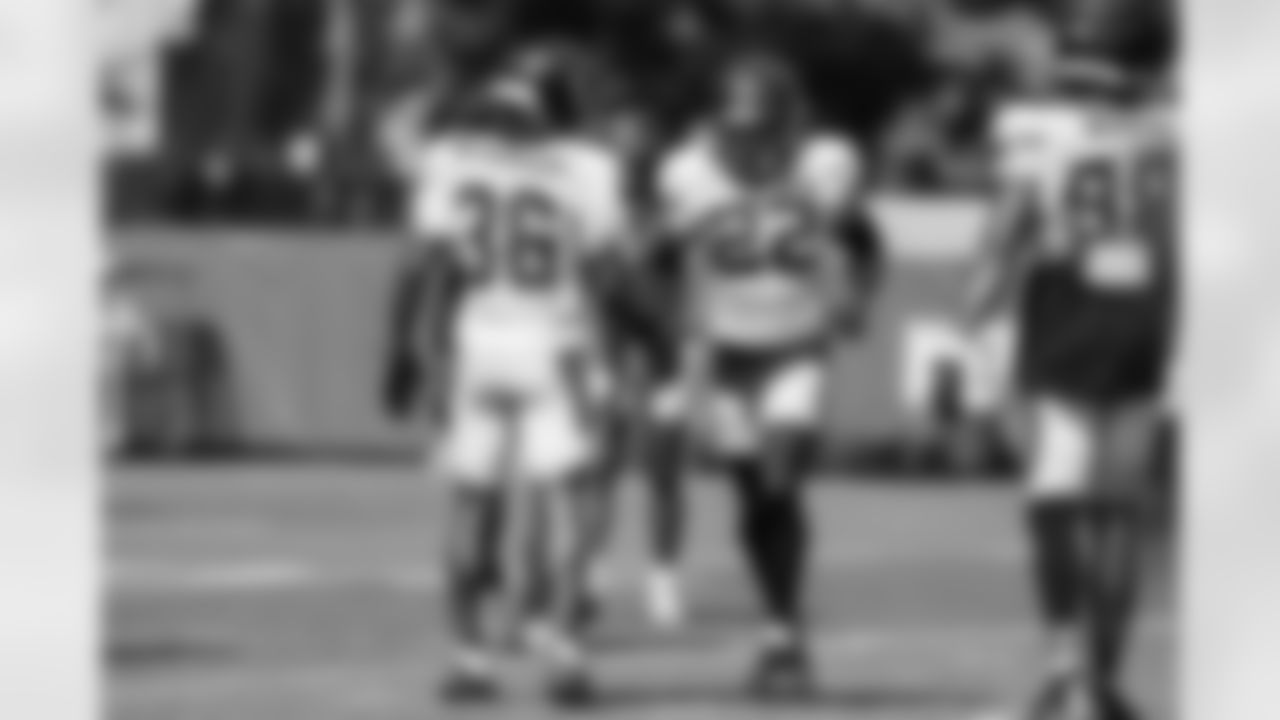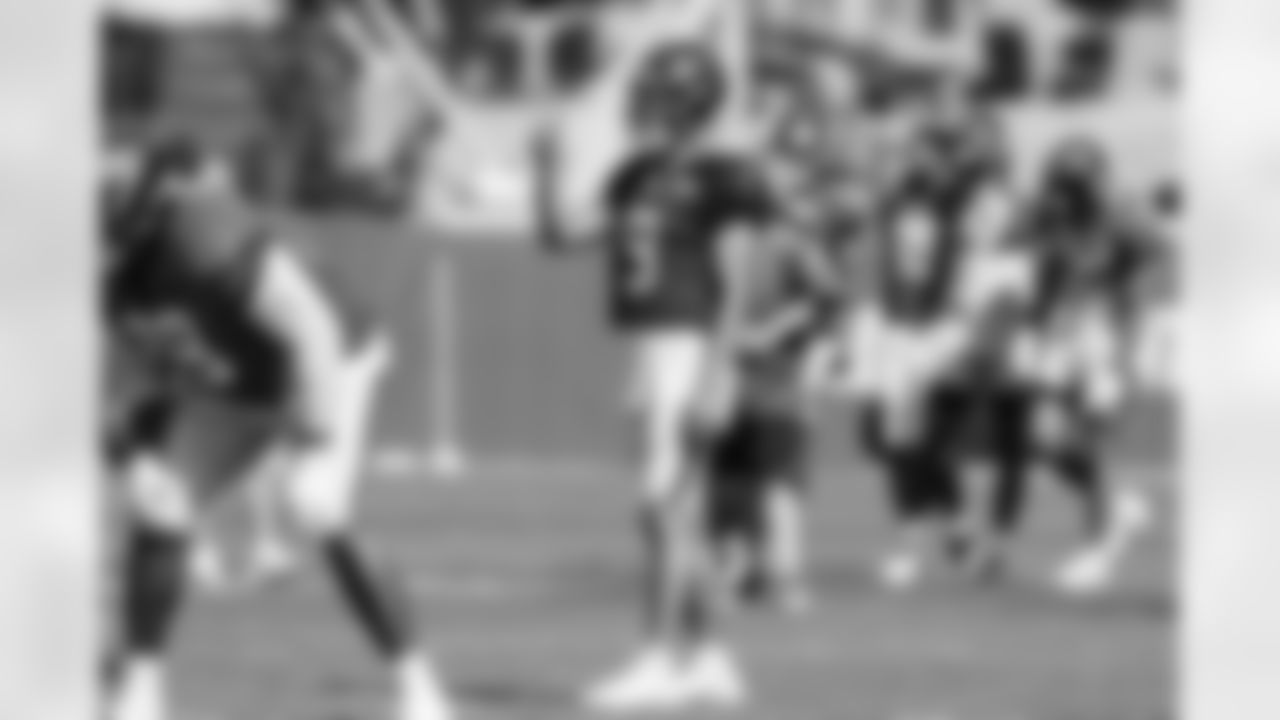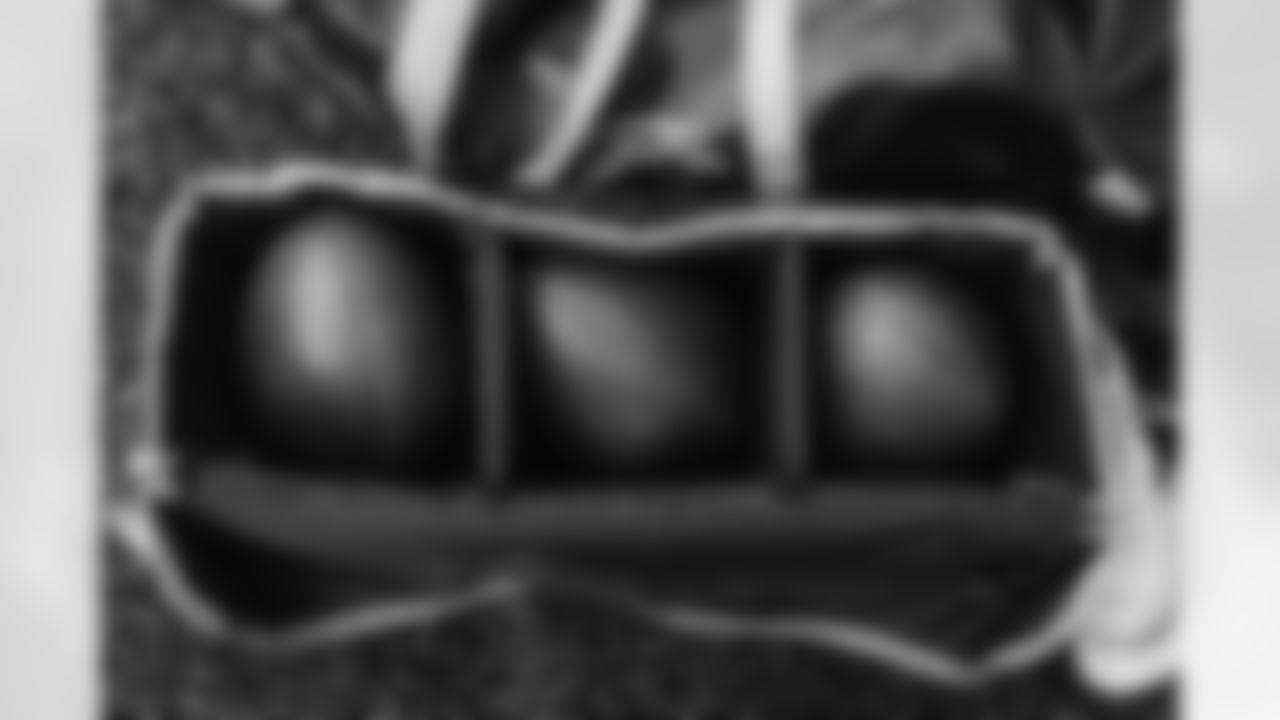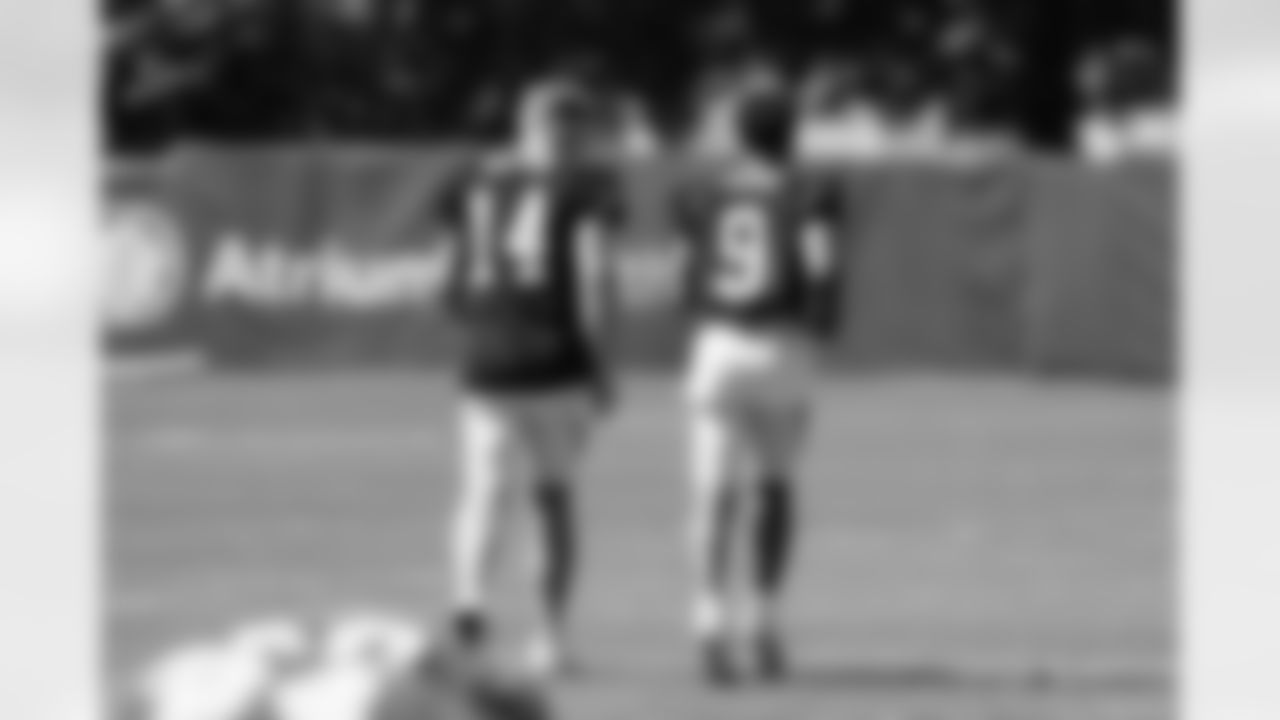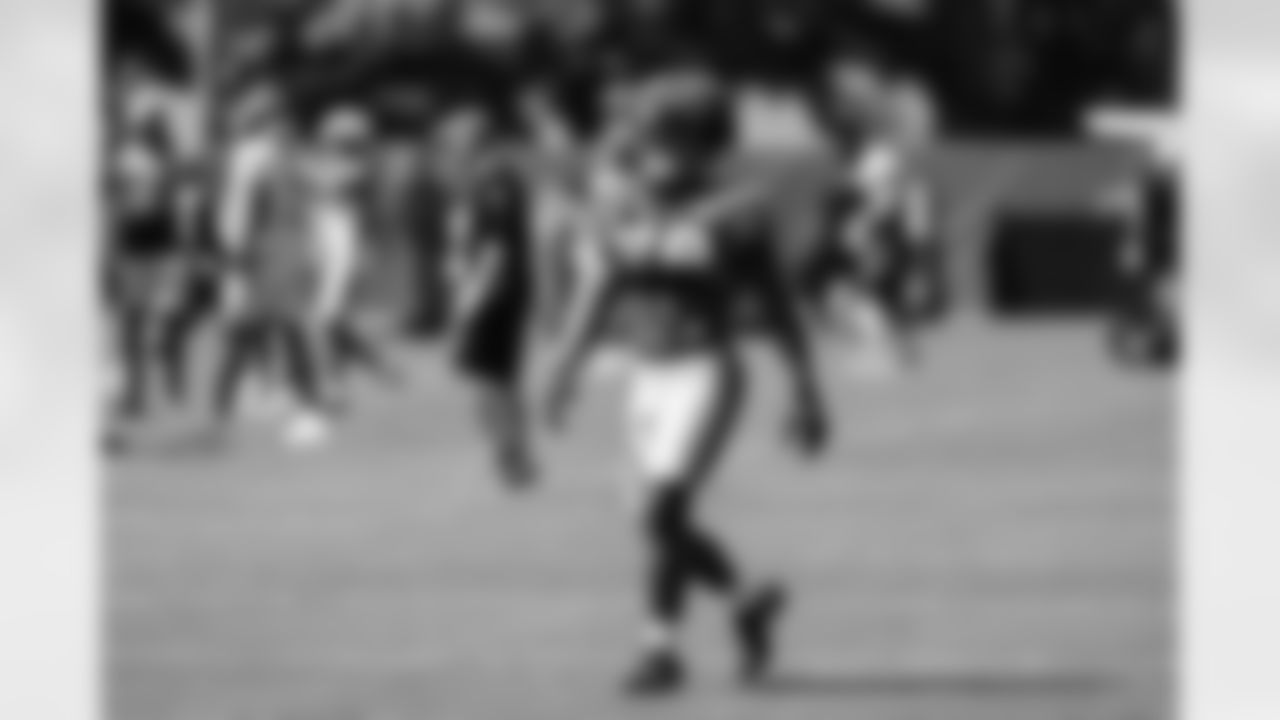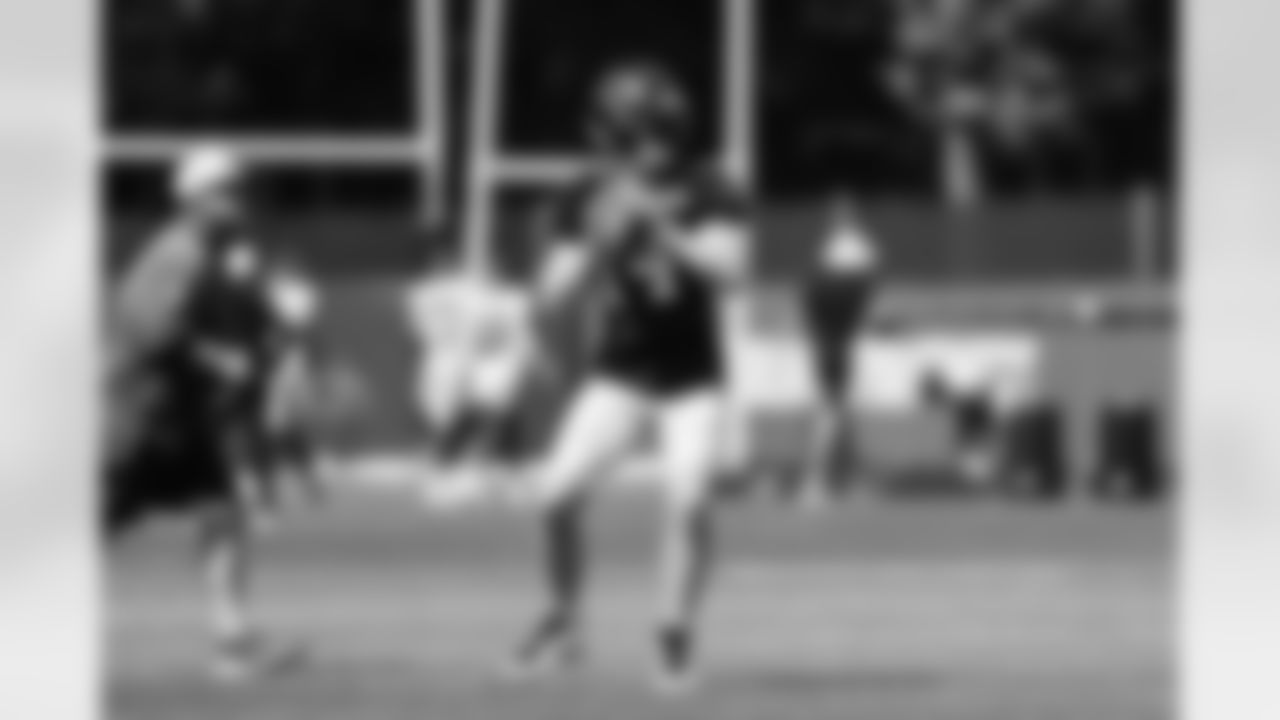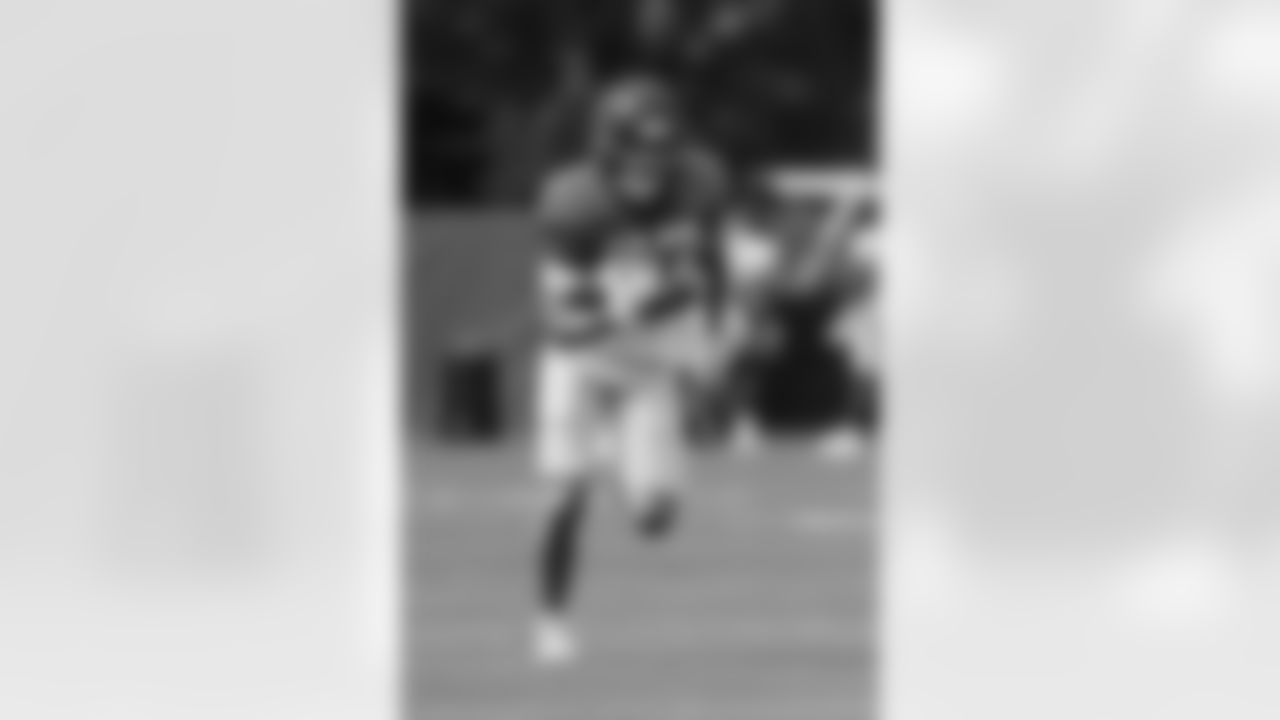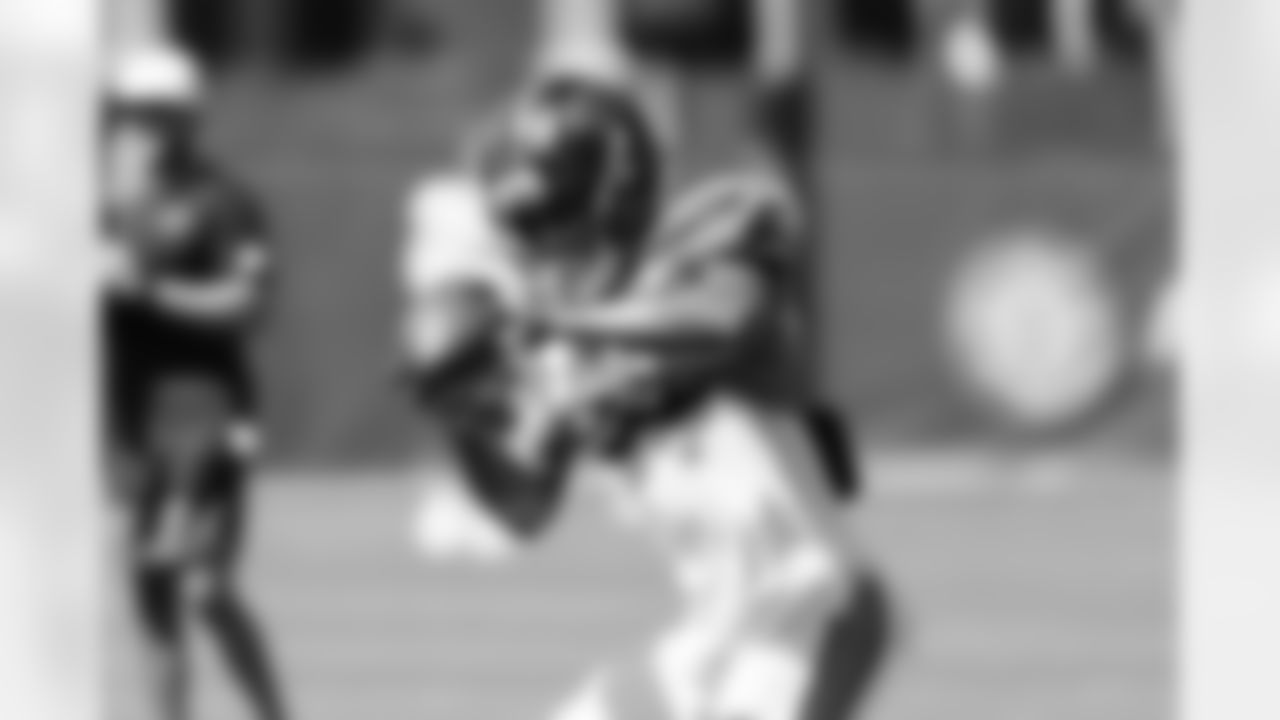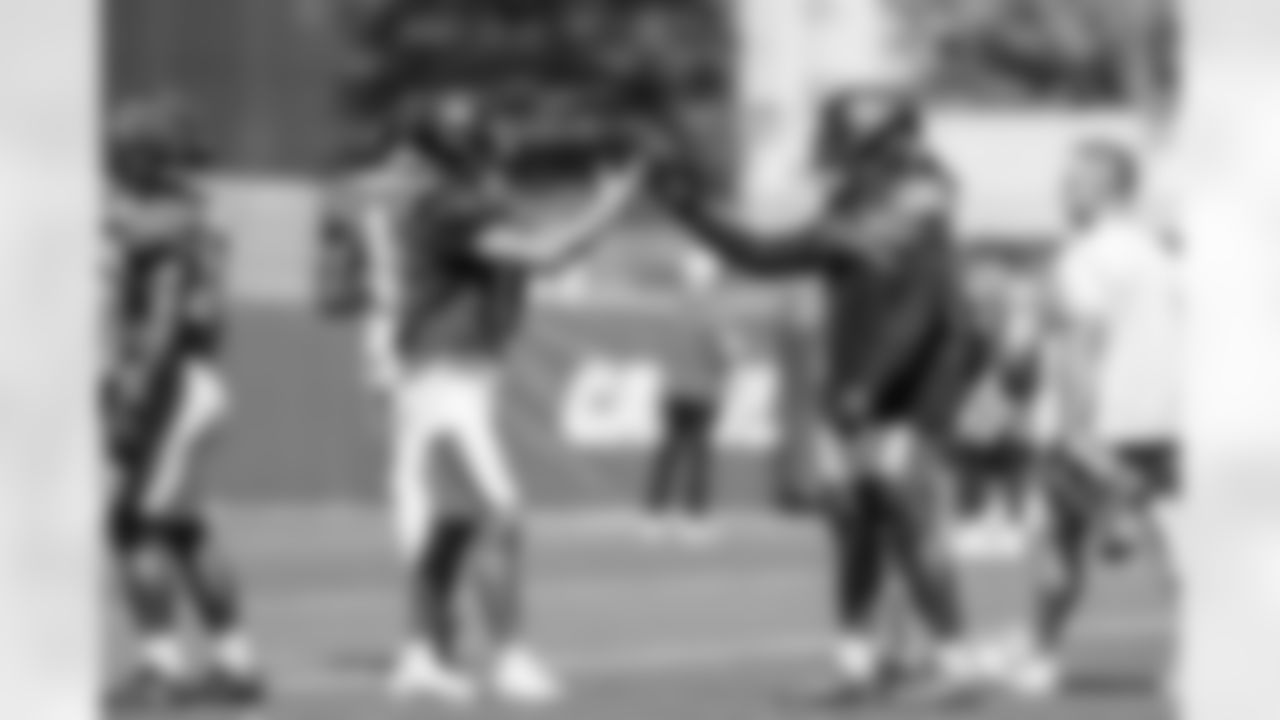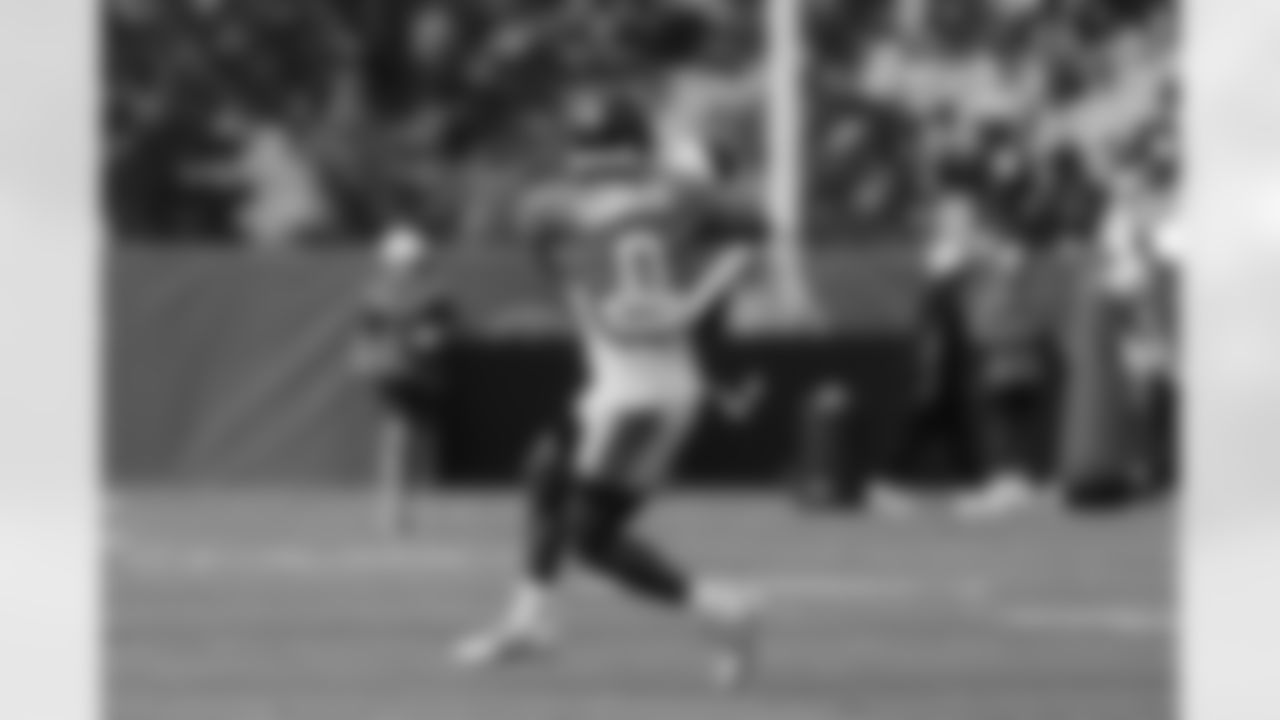CHARLOTTE — The Panthers pulled off one of the most statistically unlikely plays in football last week, recovering an onside kick. Which is good, because it bought them another offensive possession when they needed it.
The flip side is that people have now seen how they do it.
"Any play that's successful, fake or not, is going to be seen, so you know that that's going to be prepared for," special teams coordinator Tracy Smith explained. " So you just kind of keep your progression going like with any play that they've seen before.
"It's hard to run the same flea flicker twice."
That's why they aren't planning on that. The Panthers have already shown two distinct looks, their punter has kicked them with both feet, and there are many variations off the same play. And there's apparently a lot of tricks left in the bag.
"We have endless options," said veteran long snapper JJ Jansen, and there's nothing he loves more than digging into the numbers.
(This is where we note that it's around a 6-percent play over the last three seasons, and the Panthers hadn't recovered one since 2019. Only three were recovered league-wide last season.)
Last week's successful recovery against the Cardinals off punter Sam Martin's right foot was impressive for many reasons. But the week before in Jacksonville, he actually kicked it with his left foot for a different roll.
That's the kind of thing that's easy to miss in the rush of events before and after that kind of play, and Martin just grinned when asked about it this week.

"I don't want to divulge too much," Martin said because there's a degree of special teams espionage happening here. "There are basically two theories of an onside kick, you either hit the front line, or there's one that gets through, so it's kind of how it depends on how they line up and how they react."
So two basic ideas, and two feet so far. But they continue to multiply the possibilities.
"I have probably like four different ways I can kick it," Martin said. "From that same look, I have probably four different options. So, yeah, it's kind of you see what they're giving you and go from there."
Martin said he wished he had hit the left-footed attempt in Jacksonville "a little softer or a little flatter," to create a different bounce.
But the Panthers have plenty of other options besides their ambidextrous punter. Rookie kicker Ryan Fitzgerald has a few different shots in his bag. And they may actually have options for people other than Martin and Fitzgerald to try one as well.
While being able to execute with precision with both feet seems amazing — you don't see quarterbacks throwing with both hands — Jansen's seen enough to know it can be done.

"All these guys played soccer," he said. "They all have a dominant foot and a non-dominant foot, but they are comfortable tapping the ball around in a 20-yard area. So I'll get out my Pythagorean theorem and tell you that the square root of 800 is approximately, oh, I don't know . . .
"That's not hard to do for soccer players with either foot. But in pressure situations, kickers traditionally want to go to their primary foot just because it's pressure and they've done it a million times, but you've got multiple options."
Once Jansen went Pythagorean theorem, you knew we were down a rabbit hole. And Smith is one of those "beautiful mind" kinds of special teams coaches, able to find margins where others don't see them. But having exponential options is crucial, especially after the league changed the rules for onside kicks a year ago, forcing teams to declare their intent. That took away the element of surprise, so you have to work multiple angles if you want to try to recover one, much less hope to again.
So, back to our numbers guy, Jansen, a man who has studied special teams play to the decimal point for nearly two decades.
"So the challenge that any return team has is, do you match the kick you think you're getting or do you match the formation you're getting?" Jansen began. "And so with a guy like Sam or a guy like Ryan, you have opportunity to have multiple kicks. The onside kick is so random that you do need an element of luck, but you'd like to think that you can pair kicks with formations to perhaps tilt the odds slightly in your favor.
"At the end of the day, Sam gave us a very good kick. We got lucky in the sense that the front line from Arizona got put in a bit of a bind, and if Arizona had lined up in a different formation, they likely would have gotten a different kick, which would have worked to a different advantage. Every team's dealing with the same things. We were fortunate in that we got the kick and the formation right. It was also a very well-executed kick."
Once Martin's bouncer hit Cardinals linebacker Mack Wilson Sr., Panthers linebacker Claudin Cherelus dove on the live ball, and appeared to have recovered. But the ball squirted out, and safety Demani Richardson was there to pounce on it.
"It hit them, but it also bounced to us and you can't predict that," Jansen explained. "But the one advantage that we've got on a go forward basis, God forbid we're ever losing and need that again, is that everybody on that field has seen us do it once. And so there's an element of conviction that we could get it again.
"It's the same thing with blocking a punt or blocking a field goal. Once you do it once, you have faith. Oh, this could happen again, and you go with a certain effort. If you think a play has a 94 percent chance of failing, you probably don't give it the same effort as if you think it's got a 50 percent chance of success of succeeding."
And that's the other hidden element behind this.
Cherelus explained that they practice this weekly on Thursdays, squeezing a few reps between kickoff and kick return work. And going into both games this year, they recovered them.
That created the confidence Jansen spoke of, the kind of non-mathematical factor that can begin to tip the scale.

So prior to last Sunday's recovery, Richardson called his shot to rookie safety Lathan on the sidelines.
"It's crazy," Ransom said. "Demani came up to me before that and was like, he's going to go get it."
That turned into prophecy, but Richardson said that while it took a bit of luck, there was science to go with the art.
"It's not all luck, because we've got to, have a good kick," he began. "It's skill-based, so I probably say it's like 50 percent skill and getting everything right and like 50 percent just everybody executing the right call.
"You've got to have a good bounce, a good kick, and a player sometimes not fielding the ball the right way, so I'll say 50/50."
And to Jansen's point, the positive reinforcement can begin to create its own momentum. Richardson said in Thursday's practice, they recovered two more, with Cherelus and cornerback Akayleb Evans getting on one each. (It's probably worth pointing out that scout team onside kick recovery on a Thursday afternoon in September might not be getting executed with the highest level of precision, but a recovery is a recovery. And when there are two of them, all the better.)
"Positive results," Richardson said.
And in a situation where you're trailing late, turning a negative into a positive means the numbers are in your favor.
View some of the best shots of Thursday's practice as the Panthers prepare for their Week 3 matchup against the Atlanta Falcons.


